Early days
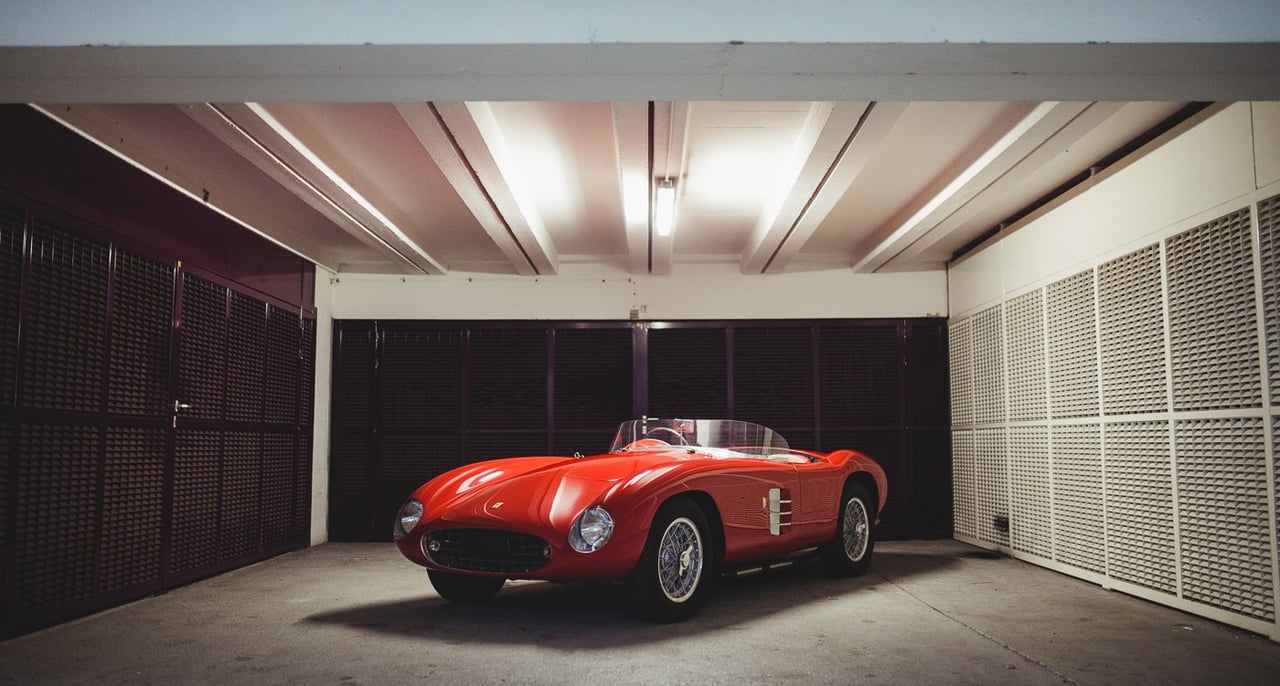
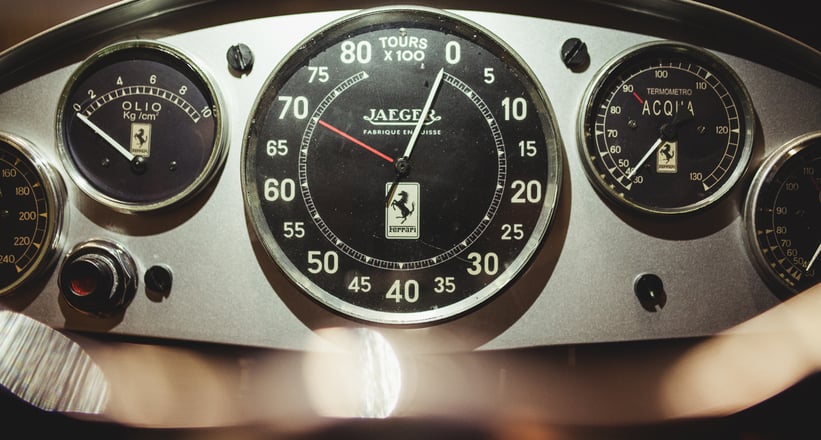
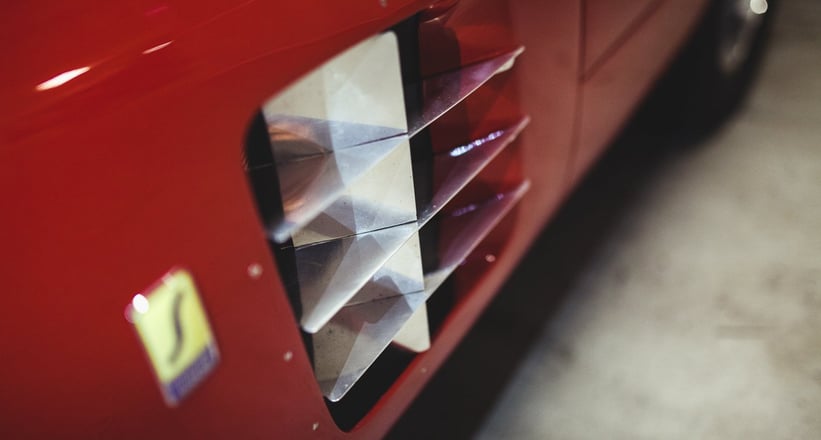
In spite of its sleek and enveloping Scaglietti body, akin to that found on the later 500 Testa Rossa, this 166 Spyder Corsa from 1948 is believed to be just the seventh competition car built by Enzo Ferrari’s fledgling company. After leaving the factory fitted with Ansaloni bodywork that was more typical of that early post-War era, chassis #0141 embarked on a lengthy racing career, during which it was piloted by such legends as Raymond Sommer, Giuseppe Farina, and Giampiero Bianchetti and served as a test-bed for the rapidly accelerating technological evolutions of the time.
Catch me if you can
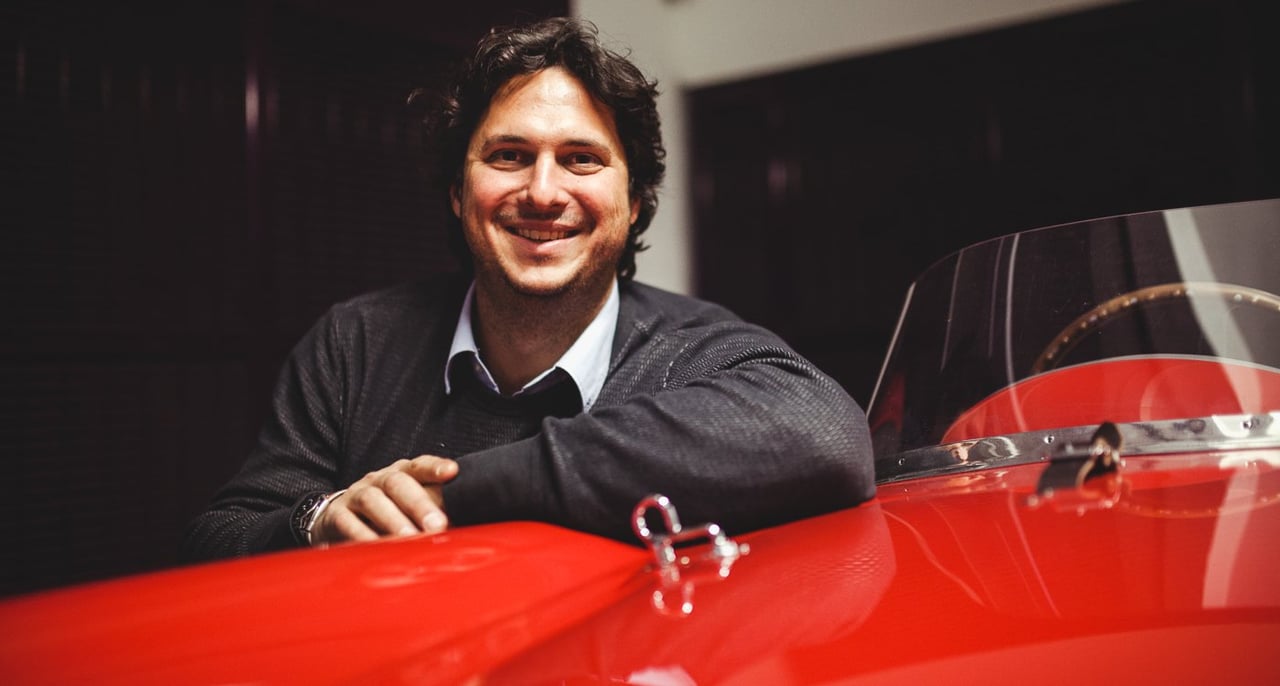
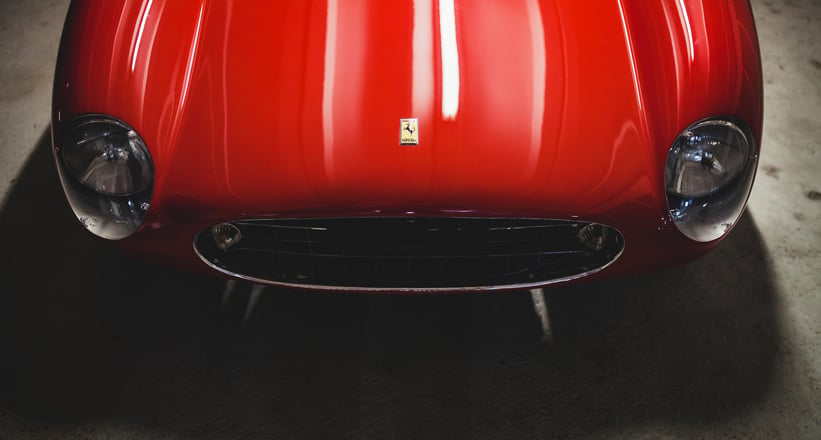
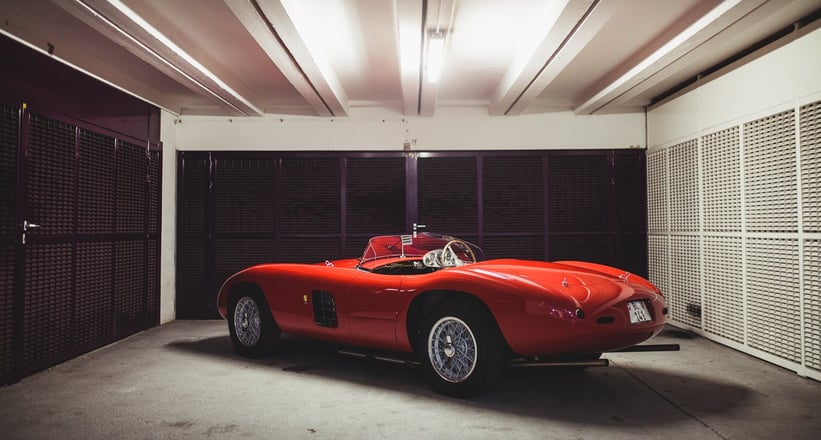
“Between 1948 and 1953, Ferrari was developing the most competitive cars in the world, and the evolution was seriously fast”, explains Pierre Novikoff, the man who’s kindly opened Artcurial’s storage facility for us to pore over this stunning sports car. “It was evolved around the incredible Colombo V12 — the chassis was shortened, lightened, and strengthened; the steering box and suspension were updated in line with the developments of the time; and it was re-bodied twice, which was typical for a top-tier competition car.”
Sergio’s prowess
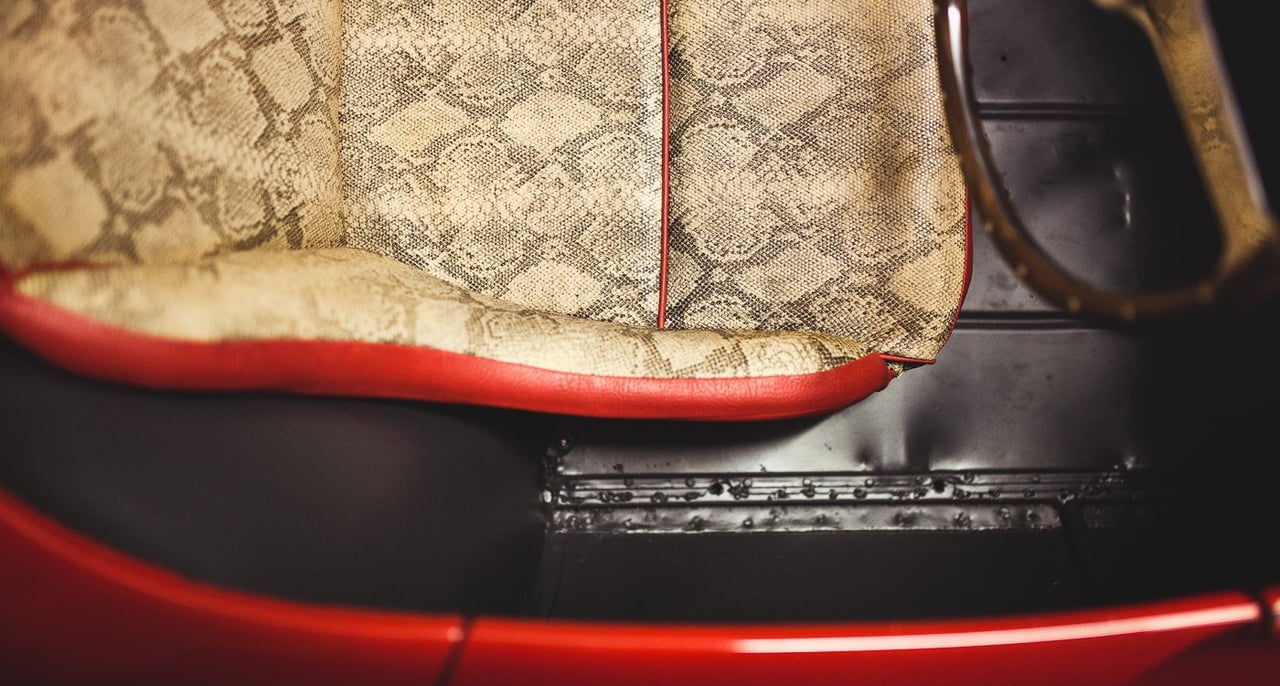
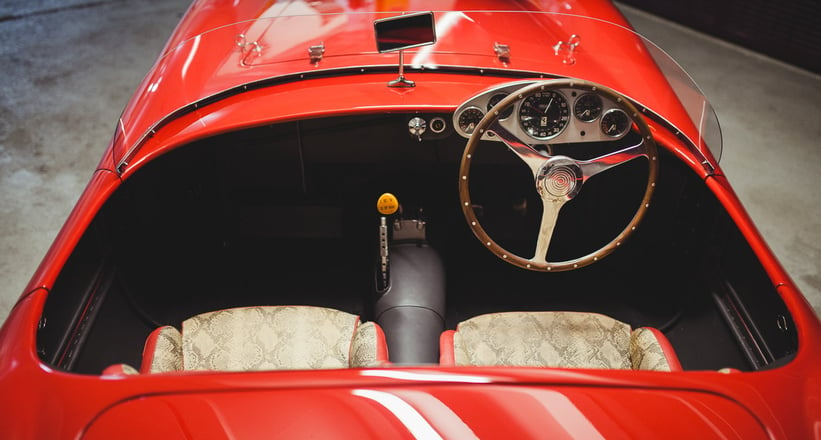
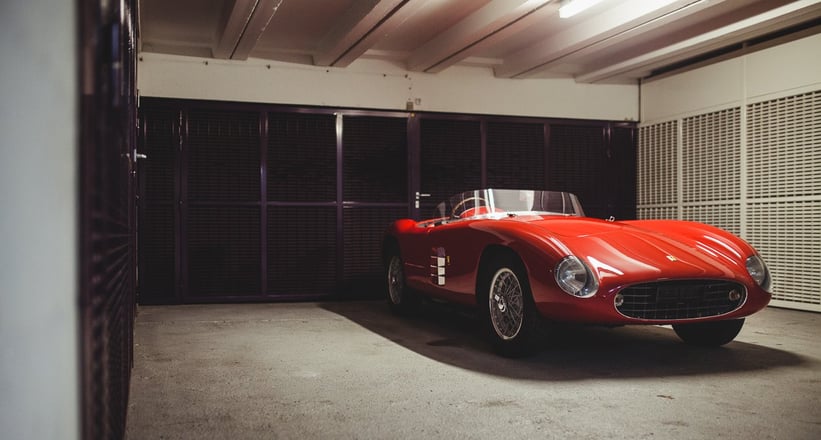
It wasn’t until the car had ceased to be competitive and honourably retired that it was sent by Enzo Ferrari to Scaglietti in 1955 to be clothed with an experimental full-width body for potential use on future racing cars. “Sergio Scaglietti crafted a body that transformed the 166 from a small and unimposing barchetta to a voluminous car with real presence”, comments Novikoff. “It’s a car that was both a rolling laboratory in the late 1940s and early ’50s, but also an aesthetic prefiguration of the 500 Testa Rossa.” It seems ‘Il Commendatore’ liked what he saw and chose to fit #0141 with two bucket seats lined with sumptuous imitation python leather.
Changing ways
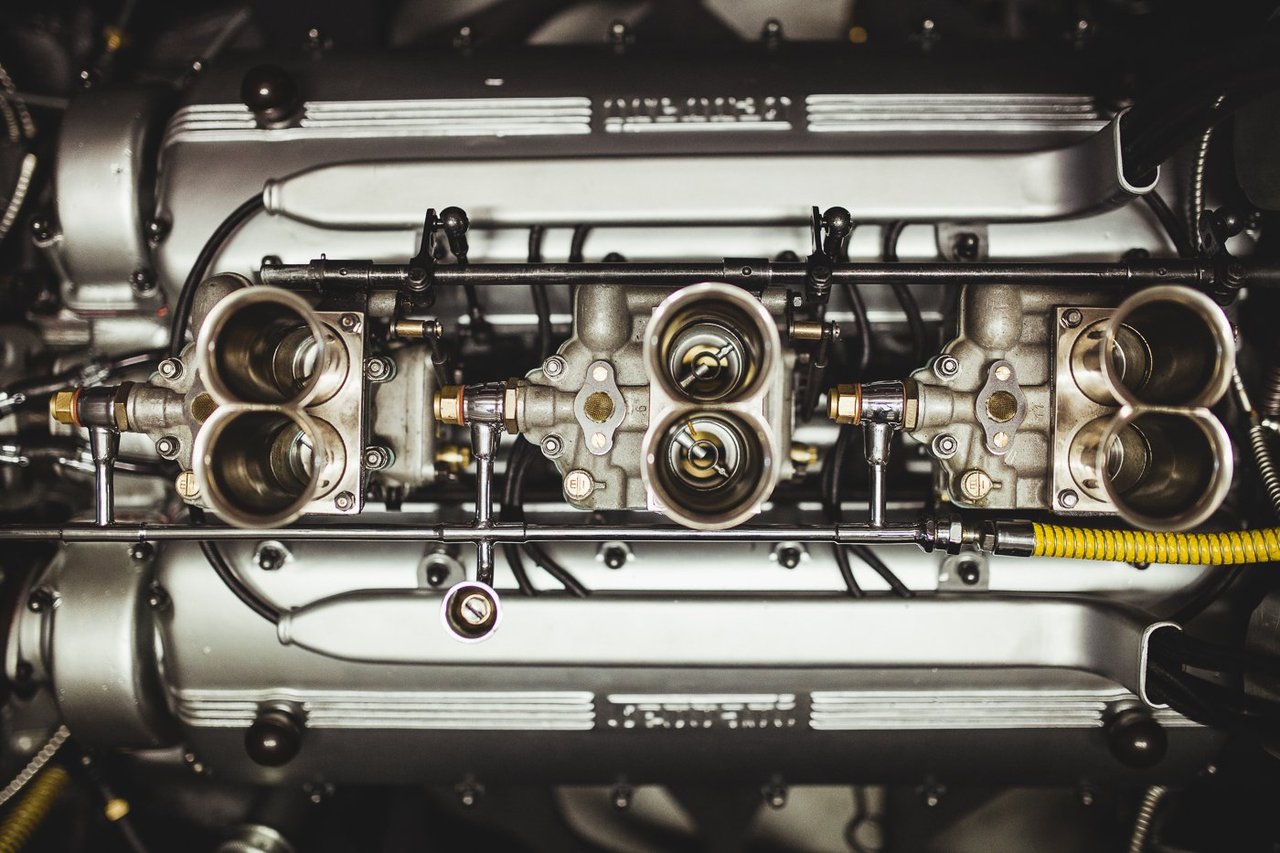
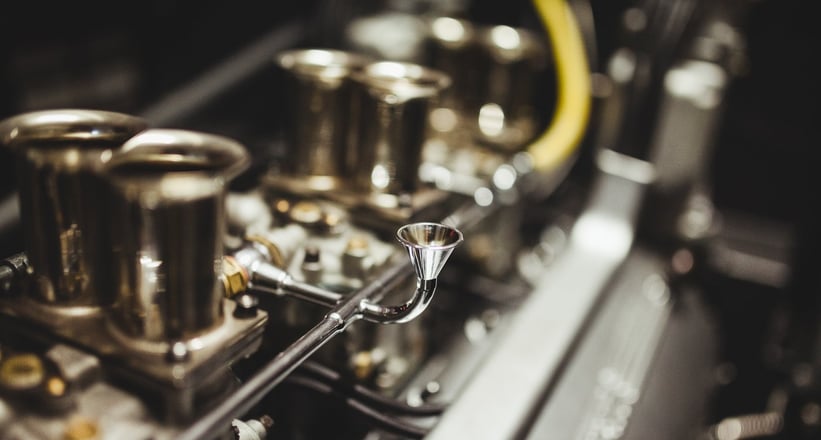
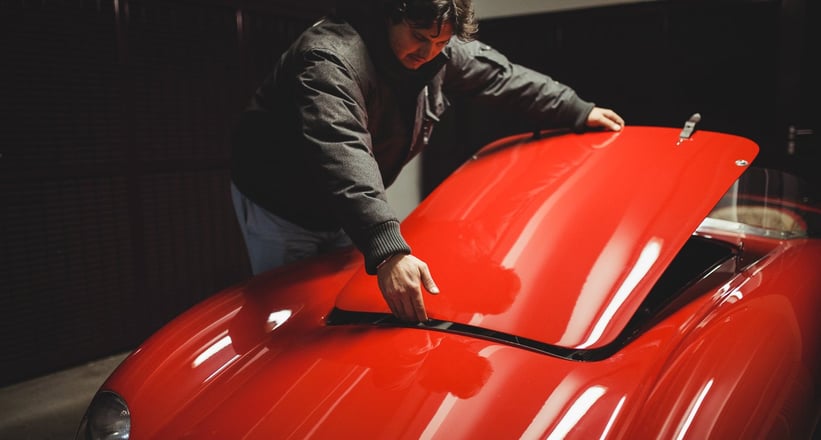
The car’s subsequent history is, so says Artcurial, entirely documented and verified by noted Ferrari historians. What makes it so special is its originality and integrity — every change and modification, including those fabulous seats, has been preserved, rather than reverted back to its original form. “The current owner is really attached to the story of the car, and he wanted to restore it with complete respect for its evolution”, says Novikoff, noting this as indicative of a new, historical approach from buyers. “This shows that the perception of collector cars has changed. Buyers understand that racing cars changed, particularly at that time, and so long as those changes can be justified and demonstrate how Ferrari wanted to push the envelope, it’s interesting to retain them.”
Pedigree and provenance
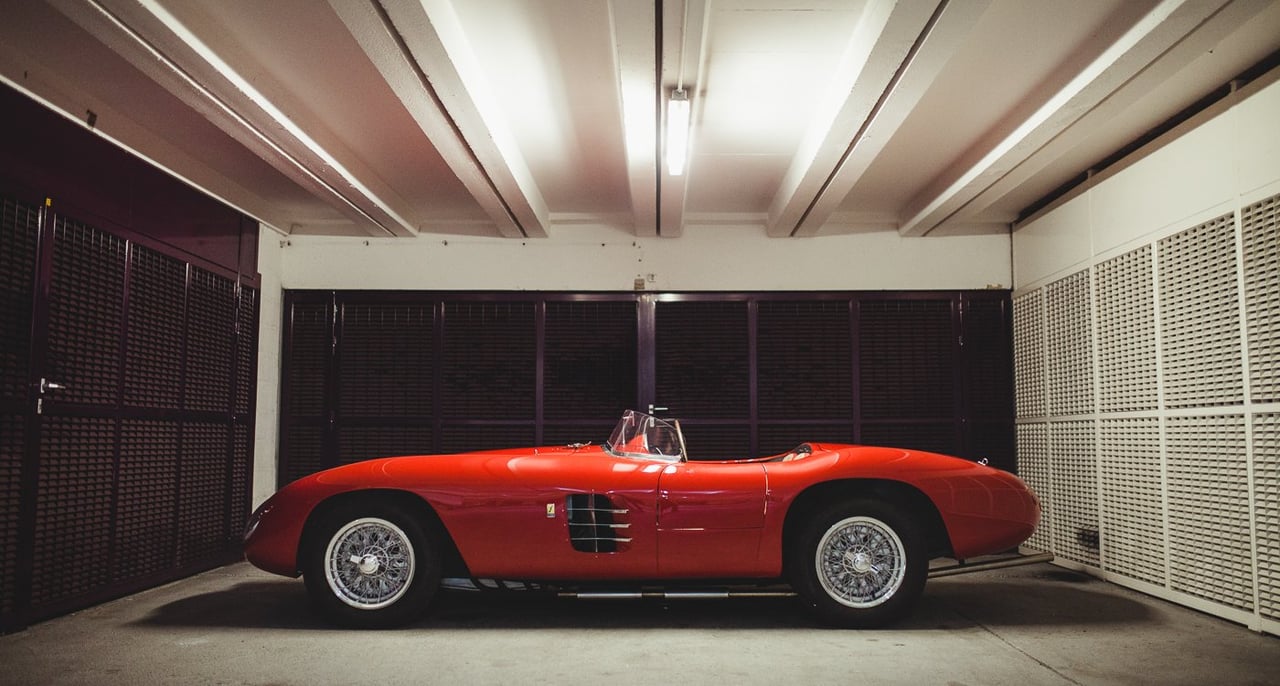
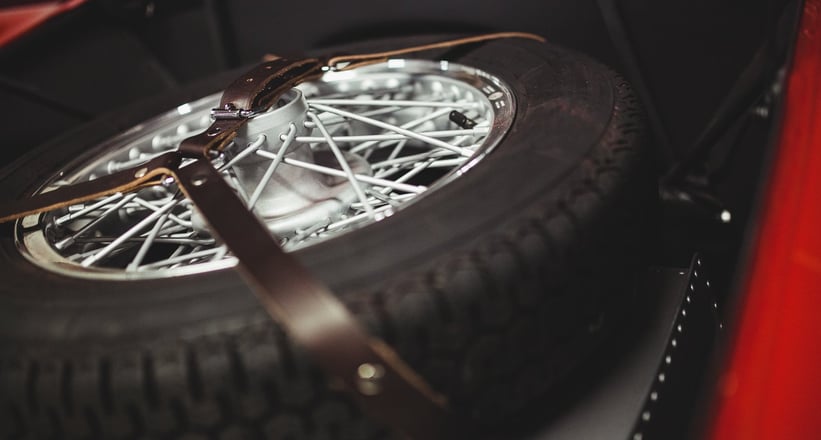
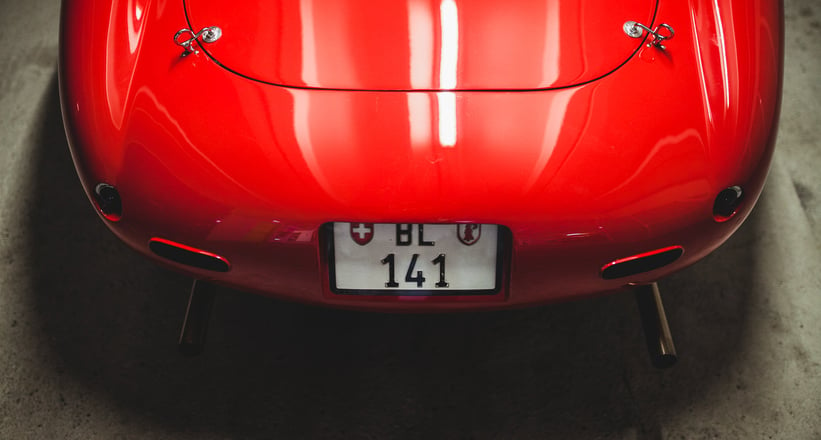
“Buyers are more historically sensitive and cultured than they were a few years ago”, he continues. “We’re not just selling a car but also its history, prize list, and the names who drove it. History and authenticity are key with a car, just like they are with an African mask or a sculpture. It’s very interesting to see that some long-time collectors are back to buying important cars, while younger enthusiasts are turning away from series cars and moving towards those with unique stories, such as this. Some cars have gone up in value too fast and their prices are calming down, which is logical, but in our last sales, competition cars with interesting pedigree and provenance made high prices.”
Ingenuity
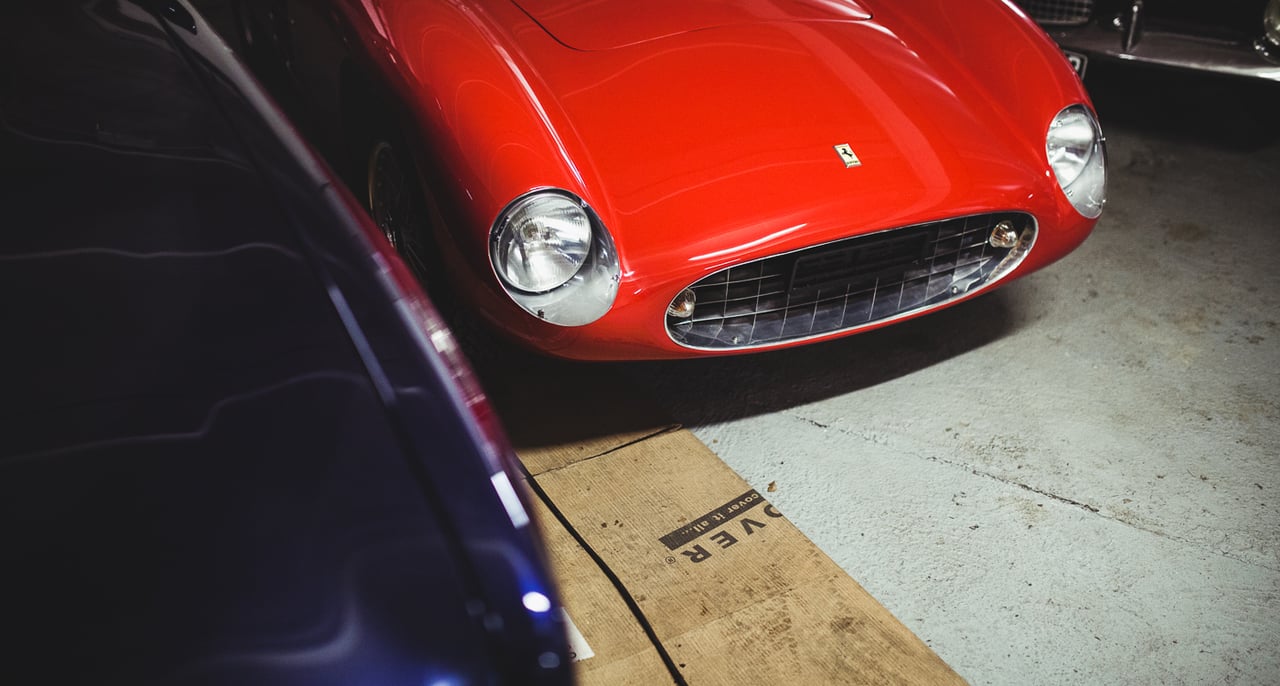
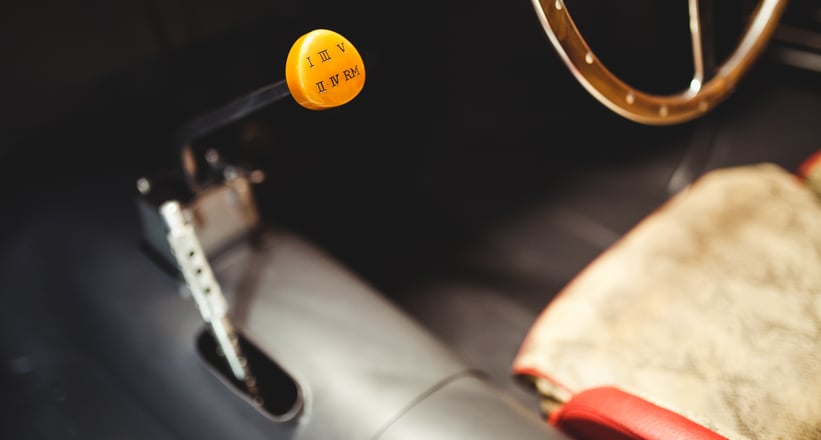
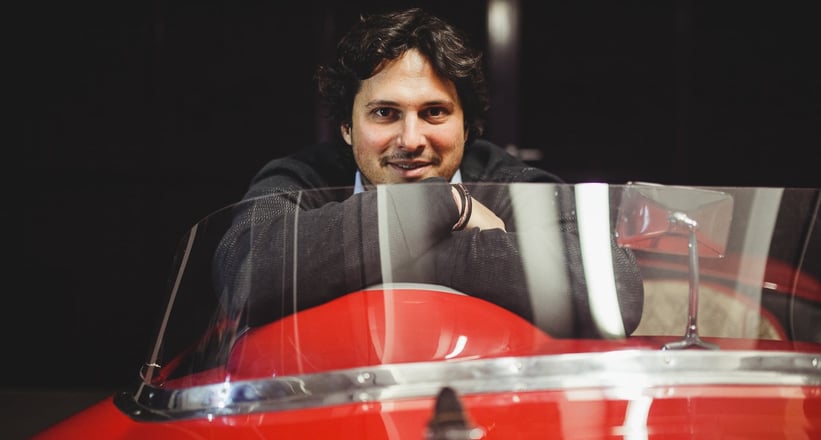
All eyes will be on the 166 as it crosses the block at Artcurial’s Rétromobile sale this Friday afternoon. One of the first cars to bear the illustrious Ferrari badge, driven by some of post-War motorsports true greats, retaining all traces of its important on-going journey as a rolling technological test-bed, and fitted with a streamlined and sexy body that was a pre-cursor to the legendary Testa Rossa, #0141 played a vital role in forging the marque’s emerging reputation. As Novikoff succinctly concludes: “It’s cars such as this that demonstrate the ingenuity and state of mind of the Scuderia Ferrari in its earliest days.” Suffice to say, ‘ingenuity’ is a word that describes Ferrari to this day.
Photos: Mathieu Bonnevie for Classic Driver © 2017






































